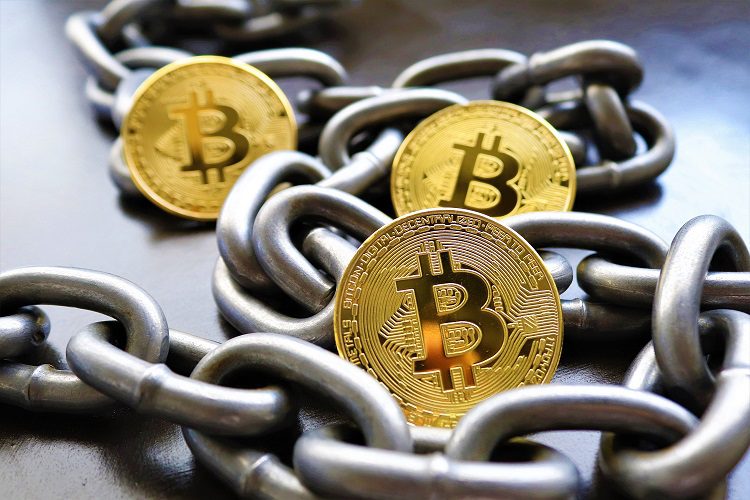
Bitcoin Core (BTC)
April 05, 2021
The cryptocurrency Bitcoin Core (BTC) made news again this past week when it flirted once more with its previous high. BTC’s value has increased almost 102% this year, and close to 800% from a year ago.
As you probably know, BTC is a digital currency that uses blockchain technology to allow buyers and sellers to trade the currency. BTC continues to be the dominant cryptocurrency, accounting for 68% of the total market value. Ethereum is far behind, in second place, at 13%.
The BTC blockchain ledger details all transactions dating back to the first trade in 2009. Approximately every 10 minutes, a new block of trades is created. Nodes, also known as miners, in the connected computer network, solve a cryptographic puzzle and announce the new block to the network. The other nodes verify that the block complies with all the BTC protocols and then accepts it as the next official entry in the blockchain.
For their proof-of-work in assembling the BTC blockchain, miners are paid in BTC coins. When BTC was first mined in 2009, the payout for a block was 50 BTC. That rate is halved every four years and now stands at 6.25 coins per block, a process driven by the finite supply of BTC coins – 21 million. Almost 89%, or 18.7 million coins, have already been mined. China accounts for 65% of the world’s mining activity with the US at 7%, Russia at 6.9%, Kazakhstan at 6.1%, Malaysia at 4%, and Iran at 3%.
The uses and benefits of BTC include the following:
- The BTC blockchain has established itself as trustworthy, having weathered many bouts of system malfunction since its inception in 2009.
- It gives individuals the ability to invest outside the established monetary system. In its early days, this meant BTC attracted a lot of “dark money” and the desire to shield wealth from regulation. BTC is also attractive to those who face hyperbolic inflation, fear of political or economic instability, or distrust establishment controls and the central bank systems.
- BTC is a cheaper and more efficient store than gold or other precious metals.
- Ability to speculate on BTC’s rising popularity and call yourself a crypto investor. Like anything new, being an early adopter has a cool cachet.
The jury is still out on whether BTC will be a permanent investment option. BTC has a huge scalability challenge and significant processing limitations, given the size of each block (average 1 megabyte), and length of time to solve the crypto riddle (about ten minutes). Since 2017, the BTC blockchain has never been able to process more than 10 million transactions per month. For comparison, the credit card industry processes about a billion transactions per day worldwide. The current BTC blockchain network is sufficient for larger payments that aren’t time sensitive but does not work for micropayments that require immediate authentication.
I believe that blockchain technology, which BTC is one example of, holds great promise for world commerce. In time, the technology could improve to the point where it is a cost-effective means of storing information and transacting all types of business. Imagine swiping your blockchain card to pay for dinner, and without the 1.3%-3.4% card processing fees.
Gary Martin

